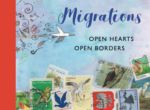
In a show of strength for migrants during a daunting time, more than fifty artists from around the world have created postcard images of birds, along with messages of hope.

In a show of strength for migrants during a daunting time, more than fifty artists from around the world have created postcard images of birds, along with messages of hope.
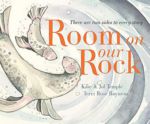
Two seals are perched on a rock. When others need shelter, do they share it? Room on Our Rock celebrates the truth that there are two sides to every story. This clever picture book has one story that can be read two different ways.
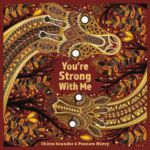
The rain clouds are long gone and the dry season scorches the land. Everything is new for the baby giraffe. As she bounds ahead and lags behind, her mother patiently explains the ways of the grasslands. And until she grows a little taller, older, and wiser, her mother reminds her: “You’re strong with me.” From the makers of You’re Safe With Me and the Kirkus Best Picture Book of the Year You’re Snug With Me.
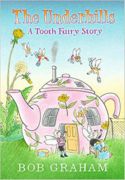
With their parents off on an urgent molar pickup, April and Esme are ready for a cozy overnight at Grandma and Grandpa’s teapot house by the airport fence. There will be fairy cakes to mix, pancakes and syrup for breakfast, a chocolate on each of their pillows. But then a call comes in about a small girl in a red coat, arriving from Ghana with a baby tooth somewhere in her pocket. Could this be a job for April and Esme, tooth fairy sisters? As always with Bob Graham, the beauty is in the details: Grandpa working out with a giant teabag-turned-punching-bag; fellow winged creatures hovering above the airport terminal (cupids to help people meet and angels to comfort the sad arrivals). Merging humor, poignancy, and a bit of heart-fluttering suspense, Bob Graham turns a familiar moment of childhood independence into a thing of magic.
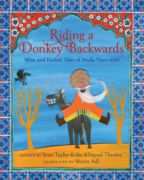
A collection of 21 riotous tales and riddles about the Mullah Nasruddin. Why does Mulla Nasruddin spoon yoghurt into the river? What is the reason he rides his donkey backwards? Why does he paint a picture that is blank? And is he crazy to move into the house of the man who’s just burgled him? Find out all about the amazing antics of Nasruddin in these twenty-one hilarious stories and riddles, famous throughout the Middle East for their jokes, riddles and wisdom.
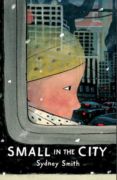
A little boy offers advice to his cat, which is lost in the city, from taking shortcuts through safe alleys to finding a friend in the park.

The people who live among the high peaks of the Himalayas tell stories of a mysterious animal called the gray ghost. To see one, you’d have to be very lucky indeed. Join a zoologist in the Himalayan mountains as he searches for the elusive creature. With her pale gold and silver-gray coat painted with black rosettes, she blends so well into the boulders, it’s no wonder she’s thought of as a ghost of the mountains. But the fortunate few who spot her are rewarded with a sight they will never forget. Written by an expert with firsthand experience, beautifully illustrated, and interwoven with fascinating facts, this vicarious look at a breathtaking animal includes an end note suggesting resources to explore.
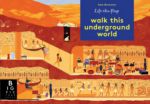
This stunning lift-the-flap book takes readers on a journey around the globe and deep underground. There they’ll find amazing hidden worlds teeming with life — from prairie-dog towns and ant cities to opal mines and treasure-filled tombs. Each spread is bursting with details and surprises to discover in the cutaway artwork and under the flaps. With so much to see and explore, this is a perfect gift for young adventurers.
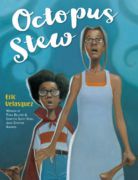
Ramsey dons his superhero cape to rescue Grandma from the huge octopus she is trying to cook–or is he simply telling a story? Includes author’s note on the story’s origin and a recipe for Octopus stew.
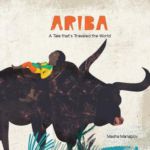
Marcus’s joy over a new pair of shoes prompts his grandfather to tell him a story about Ariba, who has an unusual relationship with a persistent pair of shoes.